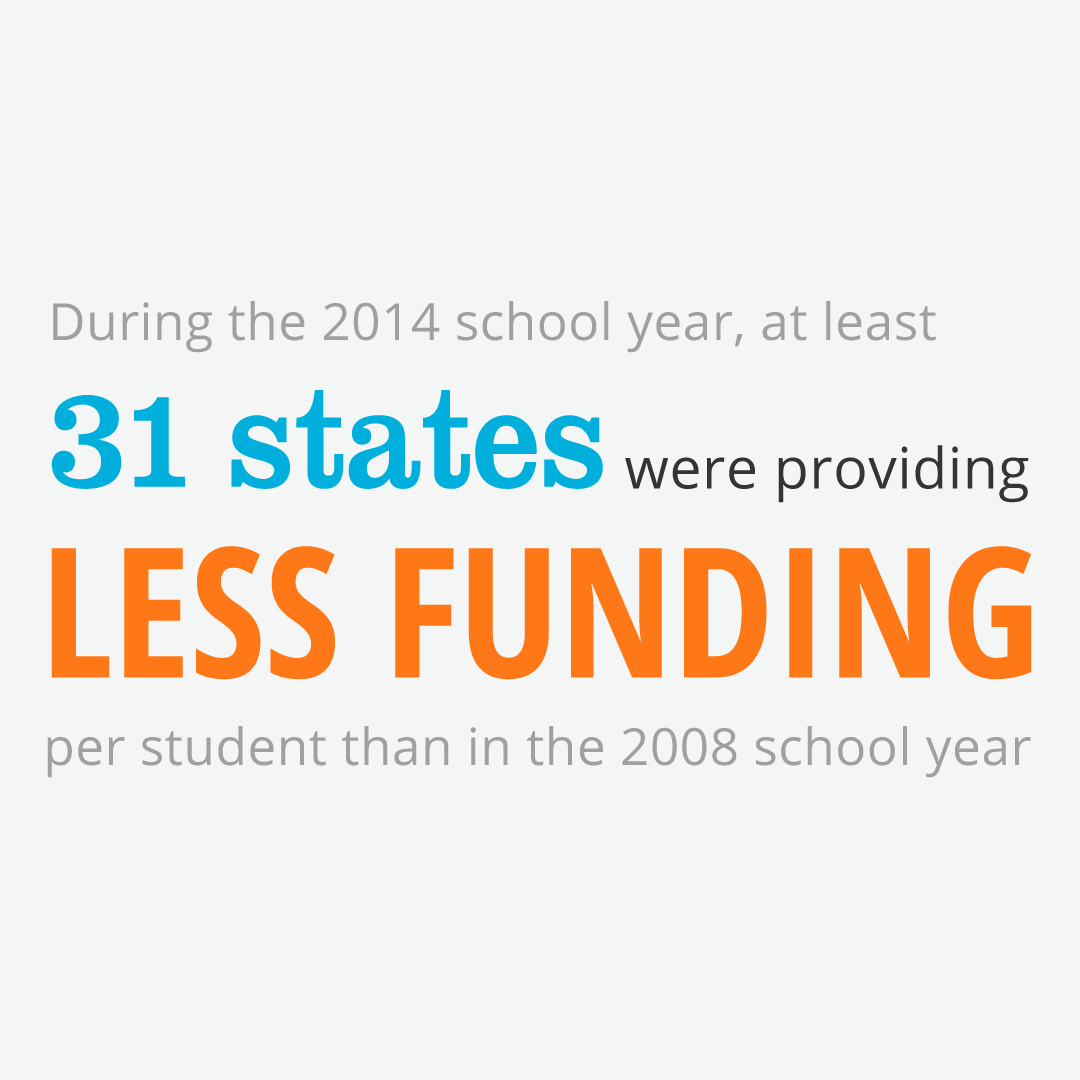On Wednesday, April 21, the U.S. Senate introduced a bipartisan bill — the Endless Frontier Act — that would increase American investments in science and technology innovation with the goal of strengthening the economy and competing worldwide.
The effort is led by Senate Majority Leader Chuck Schumer (D-NY) and Senator Todd Young (R-IN), and would, among other initiatives, establish a new Directorate for Technology and Innovation in the National Science Foundation (NSF) and authorize $100 billion over five years – currently, the entire budget for NSF is just under $8.5 billion. The legislation has been endorsed by President Biden and a bipartisan array of members from both the House and Senate.
The Endless Frontier Act is a response to increases and advances in research made by China and other competing nations. In 2020 the National Science Board’s State of U.S. Science & Engineering found that the rise in U.S. R&D was driven mainly by the industry, which continues to perform and fund most of the overall R&D. During this period, the share of U.S. R&D funded by the federal government declined. This decline is notable as federally funded R&D is an important source of support, particularly for the higher education sector and for the nation’s basic research enterprise.
The U.S. has seen its relative share of global science and technology (S&T) activity remain unchanged or shrink. As more countries around the world develop R&D and human capital infrastructure to sustain and compete in a knowledge-oriented economy, the United States is playing a less dominant role in many areas of S&T activity.
In introducing the bill, Senator Schumer stated that “this legislation will enhance American competitiveness with China and other countries by investing in American innovation, building up regions across the country to lead in the innovation economy, creating good-paying American manufacturing and high-tech jobs, and strengthening America’s research, development, and manufacturing capabilities.”
Under the bill, the Directorate would have authority similar to the Defense Advanced Research Projects Agency (DARPA), the R&D arm of the Department of Defense. The major technology focus areas for the new agency include artificial intelligence and machine learning, quantum computing, natural or anthropogenic disaster prevention, biotechnology and medical technology, cybersecurity, and advanced energy solutions.
The National Science Foundation for the Future Act
The Endless Frontier bill joins the National Science Foundation for the Future Act, which was introduced earlier in the House and is more focused on its proposal to double the NSF funding across the board over five years. It would also create a Directorate for Science and Engineering Solutions (SES), which would be somewhat similar to the Endless Frontier’s Directorate for Technology and Innovation, but more broadly focused and more in keeping with the current culture at NSF.
The Science Committee bill is viewed as an alternative to the Endless Frontier Act, which proposes appending a massive technology-focused directorate to NSF. Both House and Senate Committees held hearings last week which focused on expanding the budget and mission of NSF.
Concerns & Opportunity for the Endless Frontier Act
Both bills have support among the science and engineering community; however, there are concerns that the Endless Frontier Act places an outsized focus on both technology development and the current competitive dynamic between the U.S. and China. There is further concern that it would alter the core mission of the NSF and its role in funding basic science research.
In introducing the NSF for the Future Act, House Science Committee Chair Eddie Bernice Johnson (D-TX) noted that “our competitiveness with China and other nations drives much of the national discourse around innovation because our economic and national security depends on our leadership in science and technology. However, competitiveness with China will not be possible if we do not unleash our nation’s STEM talent on the full range of challenges we face. Surely the COVID-19 pandemic has made that clear to all of us. And the fact is, researchers and students are inspired by finding solutions, whether they be to scientific or societal challenges. In this bill, we seek to inspire.”
ASCE is taking this opportunity for real growth in the nation’s research and development enterprise by working with both the House and Senate as well as our coalition partners to ensure that the final version of the legislation enacted includes a commitment to both applied and basic research as well as ensuring engineering remains a critical part of that effort.
ASCE is working to ensure there is a focus on revitalizing the nation’s public works infrastructure by improving function and reducing life-cycle costs; enhancing environmental quality and fostering sustainable development; improving resilience; and protecting the nation’s health, safety, welfare, and economic well-being. Among the core solutions to renewing the nation’s infrastructure in our 2021 Report Card for America’s Infrastructure is the clear need for innovation.























































